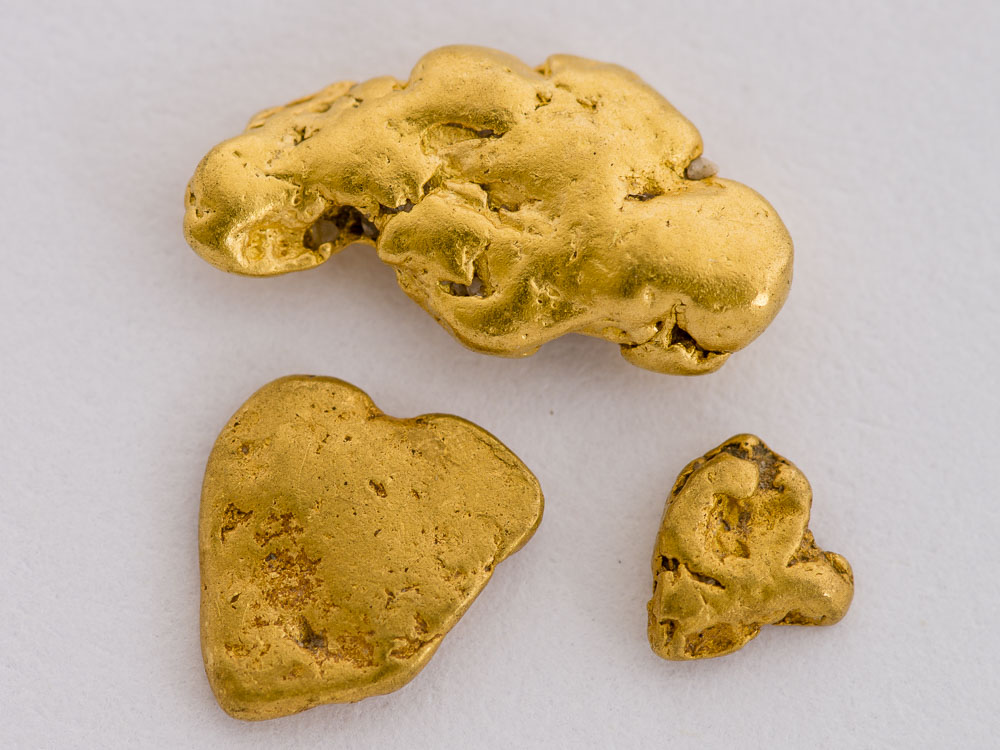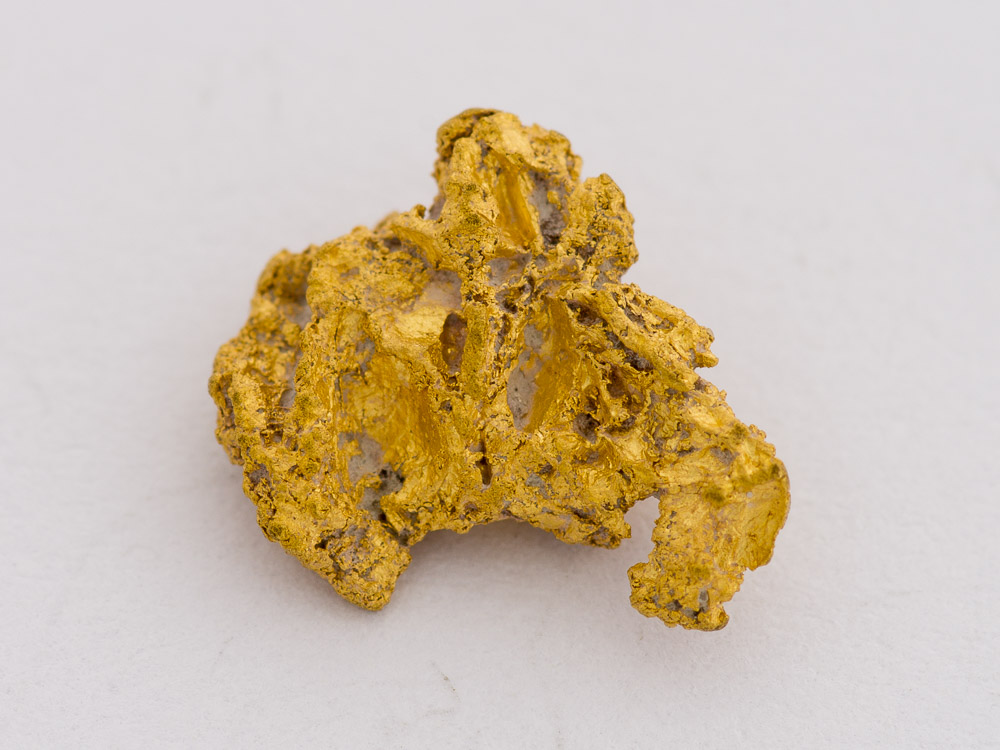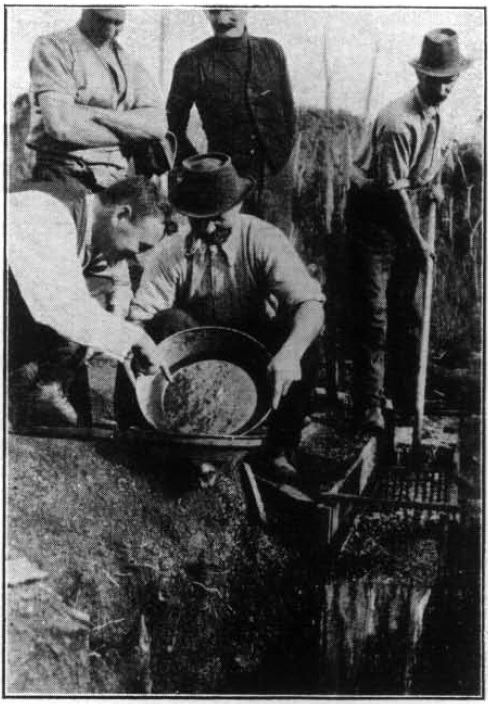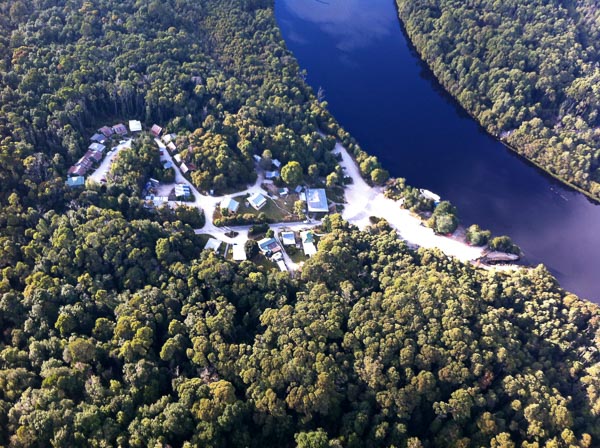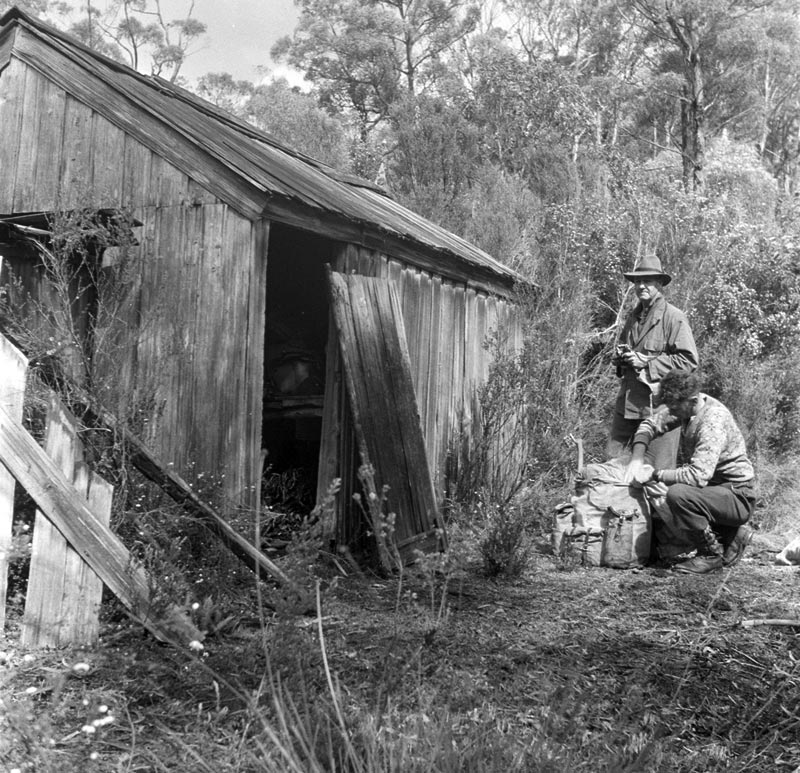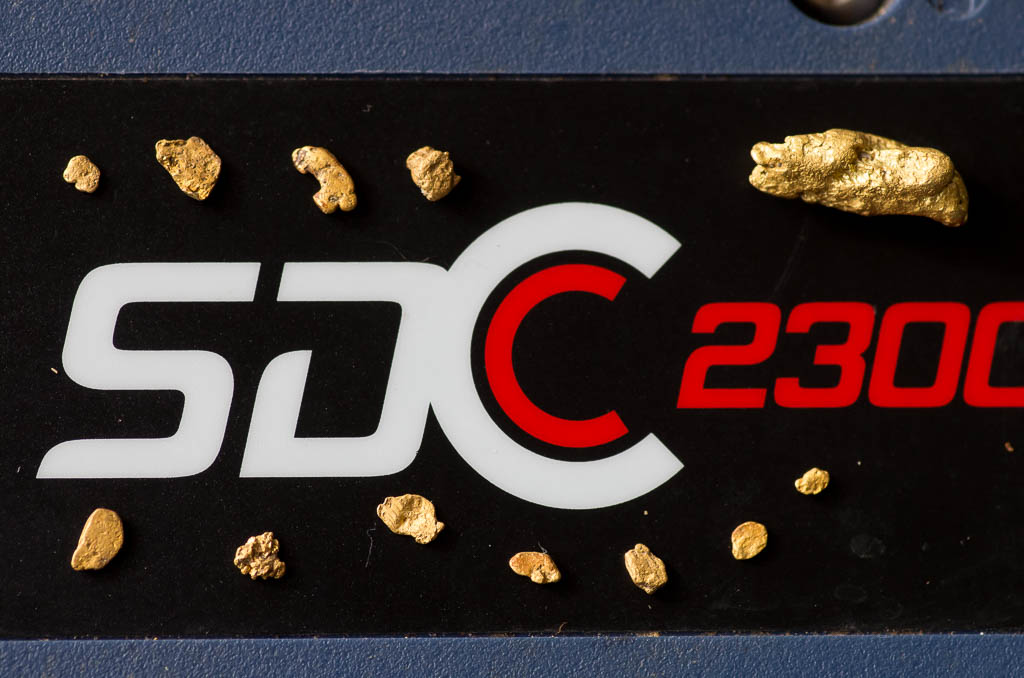The Rosebery – Zeehan – Dundas area is renowned mainly for its silver-lead, zinc and tin deposits. However, some decent finds of gold were also made. The main gold workings in this part of the west coast were in the Ring River area and Melba Flats. Both of these produced some sizeable nuggets in their day. The Ring River goldfield was home to one of Tasmania’s gold rushes, in 1891.
Continue readingPosts Tagged → gold
The Lefroy and Back Creek goldfields
Lefroy was one of Tasmania’s most important and profitable goldfields. Originally discovered as an alluvial field, it went on to become one of the main hard-rock quartz mining fields and hosted several of Tasmania’s relatively few dividend-paying gold mines.
Back Creek, immediately to the east, is often treated in the same publications, and is arguably an extension of the Lefroy goldfield. In contrast to Lefroy’s hard-rock focus, Back Creek was overwhelmingly an alluvial field.
Osmiridium in Tasmania
Did you know that, in the first half of the 20th Century, if you owned a fountain pen, you most likely wrote using a tiny little piece of Tasmania? Fountain pen tips were made of gold, but gold and its alloys are too soft to write with: the tip or nib wears too quickly and would be too expensive to replace. Osmiridium was the answer.
Continue readingThe Corinna Goldfields
Gold was known in the northwest of Tasmania since at least James (Philosopher) Smith’s discovery in the Forth Valley near the modern-day Lake Cethana dam. None of the workings were on a large scale. It wasn’t until Harry Middleton’s discovery in Corinna in 1879 that the gold rush to the Pieman kicked off. It would eventually lead to the largest gold nugget ever found in Tasmania. Much of the area is still accessible to gold fossickers today.
Continue readingThe Jane River Goldfield
The Jane River goldfield, which came to prominence at the time of the 1930s depression, was Tasmania’s last gold rush.
Continue readingGold detecting in Tasmania
Tasmania has an undeserved reputation as a nugget-poor location. In fact many nuggets over one ounce in size have been found historically in our goldfields.
Continue reading
